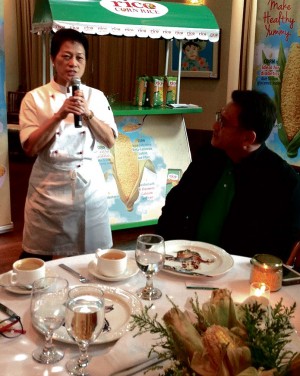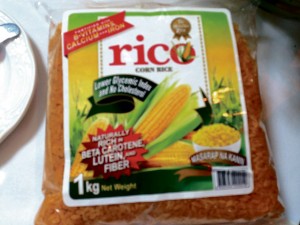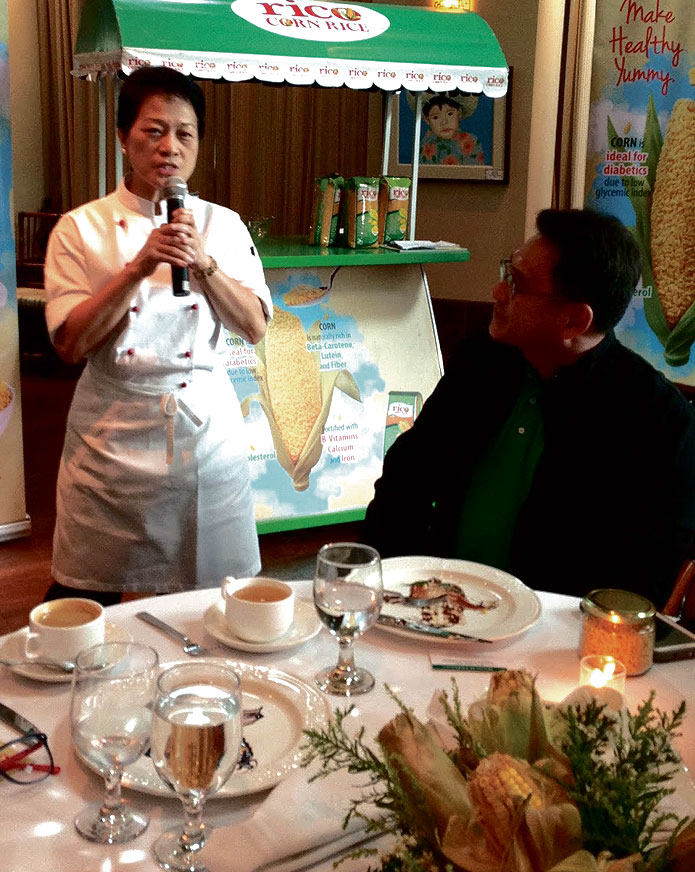
(From the author’s blog, “Behind the Bamboo Veil”)
Day 1: Coming to terms
At age 50, I discovered that I have become a diabetic.
I didn’t really realize what it meant to be a diabetic, only that my blood sugar level was “higher than the norm.”
What I understand, from the underpinnings of many subsequent consultations and conversations with my endocrinologist, is that once a diabetic, always a diabetic. My goal should be to control the blood sugar levels from reaching extreme highs.
Yet as I struggle to maintain some form of equilibrium, it can happen that blood sugar levels may drop precariously low as well. So perhaps the right way to phrase it is that my goal should be to control the blood sugar levels from reaching extremes of highs or lows, period.
Sigh, the horror stories of severe diabetes. From possible blindness to amputation due to gangrene and cuts that wouldn’t heal, from renal failure to kidney transplants to death due to multiple organ failure and cardiac arrest…
Sigh, the paradox of diabetes. Weight gain—is it a symptom or a result of the condition?
Sigh, the painful truth about diabetes, especially Type II diabetes mellitus: While genetics encourages a predisposition to it, diet and level of activity are the early determinants. So now that I am a certified diabetic, it really was pretty much of my own doing!
Of course, nearly 20 years of therapy and psychiatric medication pushed me along and helped the condition blossom. Of course, that my mother died at 87 of complications that developed from diabetes put me at risk for developing the same disease.
Of course, that I eat as much rice as a construction worker after a hard day must have given me more spare tires than a car had any right to have. Of course, that I drink very socially, and very antisocially as well, helped raise my blood sugar levels.
Of course, that for many years, the only physical weight training activity I undertook in my adulthood was raising spoonfuls of food and spirited highballs to my lips, and exercising only my options, which gave me more curves than were considered ideal.
So I am told that to try to reverse the potential ravages of diabetes, to nip it in the bud as much as possible, to be able to live longer so that I can continue to be of use to this world, I need to make some major, drastic changes.
My mindset is first. Choose healthy, they say. Choose to move, others chime in. Choose to live, is the overall consensus. CHOOSE to be well!
My diet is second. Choose fiber, they say. Choose fish and vegetables, says the vox populi. Choose low glycemic index, low sugar, low fat, low salt, low everything, my doctors concur.
My lifestyle is third. Choose sleep, at least six to eight hours every night. Choose to walk, at least 10,000 steps a day. Choose exercise and activity over passivity. Choose sobriety, choose water, choose juicing.
And those suggestions are just the tip of the iceberg. There is more to learn, to know, and to be done to try to reverse the condition, if that were possible at all.
So today, I choose to be a recovering, rehabilitating diabetic. My goal is to work so that I can stop being a diabetic or having the diabetic condition. I begin by acknowledging all my frailties and mistakes of the past, but I won’t lose any more sleep over what might have been.
I move up a notch to accepting that I have a condition, and while it is late, it is nevertheless not too late. Yet.
I graduate to committing to learn all I can about this confounding disease, to apply Sun Tzu’s principle, “Better the enemy I know, than the enemy I don’t know,” and “To keep my enemy closer.”
I declare war on diabetes, and choose a life of demure delights over a life with debilitating disability. I choose to age gracefully, by signing up on my own intuitive intervention initiatives.
I embrace Day 1.

Day 2: New hope named Rico
A friend and colleague invited me to the launch of a new product, touted to be perfect for prediabetics, diabetics and weight watchers. It is called Rico Corn Rice. It is an alternative to rice, with more nutrition than rice itself has and none of the conditions that too much consumption of rice could cause.
As a rabid white-rice eater, this pronouncement left me incredulous and unbelieving. I began to dismiss the notion, saying colored rice is tasteless. If it ain’t white, it ain’t right!
I had tried brown, red, black and purple rice, and even a combination of these. Each spoonful was a mouthful, devoid of the aroma and the flavor of polished, unhealthy rice.
The thought of giving up white rice filled me with rebellion. If I had to die anyway, I would rather die happy, rather than healthy but miserable.
My friend said this was different, and that I had to try it before passing judgment.
Rico Corn Rice, as the name claims, is rice-shaped corn, made from 100-percent Philippine-grown corn, said to be fortified with iron and calcium, naturally rich in beta carotene and lutein.
It looks like rice, tastes like rice, but is really corn, with all the nutritional features and advantages of corn, namely, that it is cholesterol-free, rich in fiber, and has low glycemic index to control and balance blood sugar.
Honestly it looks more like saffron-laced rice, the kind one serves as paella, or Java rice, or even Yang Chow fried rice with organic double yolk eggs, or herb-enriched arborio rice.
It can be prepared two ways: Option 1 is to boil, pour and simmer; and Option 2 is to cook it like pasta. Both options insist that the rice grains must not be washed or soaked ahead of time.
Option 1 dictates that water be boiled first, then the grains poured into the cooker, and then when cooked, left to simmer till ready to eat. Option 2 dictates that water be boiled first, the grains poured in and then drained, just like the noodles. Option 2 would result in a looser, fluffier consistency.
Enough spin. Now is the time of reckoning, the cooking and sampling.
To drive home the delicious point, as a matter of speaking, and to leave nothing to chance, the gentle chef Jessie Sincioco, formerly of the Manila Intercon Hotel, Le Soufflé and now Chef Jessie’s restaurants, was tasked to study the product, experiment to create new as well as favorite dishes with it.
The results? Beyond belief. She took the grains and boiled, then fried, then oven-popped them to create corn Rice Krispies, which she used in the salad and in the dessert, the artfully plated crocant roll.
She then cooked the grains and fleshed out the minestrone, to show that the corn rice could be just as delectable as traditional pasta.
And, finally, to go with entrees of succulent roast chicken and very fresh yet tender fish fillet, she created a rice pilaf garnished with zucchini and corn kernels.
The meal was light, healthy, yet ever so tasty. I could not believe it was not rice but corn rice!
The possibilities began to leap out at me. It did not only look like paella rice, it could be cooked into a paella, Java rice or Chinese fried rice.
The Krispies could be a breakfast cereal, why not? Who knows, they could even be made into rice cakes, like Maja Mais.
It was still like my favorite grain, only better, because it was healthier. Fiber, cholesterol-free and vitamins, and all that!
It was still like my favorite grain, only I could eat as much as I wanted and not worry about the inches piling into my hapless body.
It was like my favorite grain, only more value-added, because I was not depositing money into a medical condition sometime down the road! Truth be told, it was actually cheaper than most rice products, especially the Japanese rice I loved.
And my friend added a few non sequiturs to hammer in the nails to my acceptance and assuage my rejection of my old favorite. Rico is completely Philippine-grown and -made, in the strictest sanitized conditions that freed the grain of bacteria, weevils and insects, and the dreaded carcinogen, aflatoxins.
And patronizing Rico is chalking up a high for the Philippines, supporting local agriculture and industry, and a solution to stem the tide of needless imports of rice from countries that learned it from the Philippines in the first place.
Who’s to say, perhaps Rico would someday be exported to the rest of the world?
Suddenly it dawned on me that here is a product that is good for me and my countrymen, and perhaps the rest of the world. I realized that the more I ate, the more the country would benefit, and goodness knows that this country needs good news, heroism and hope.
It felt like Day 2 of my diabetic journey was now filled with a new hope named Rico.














































